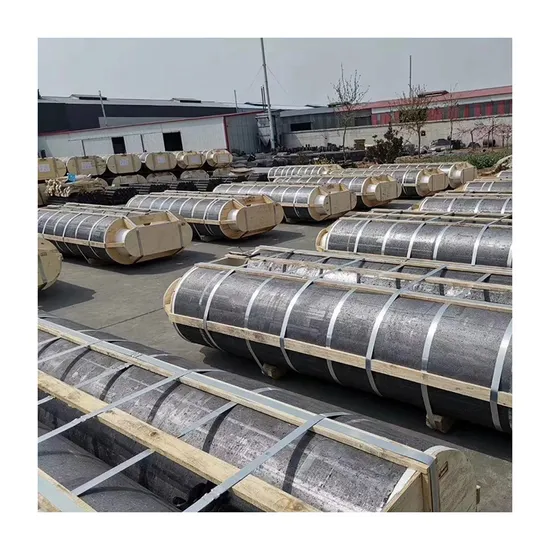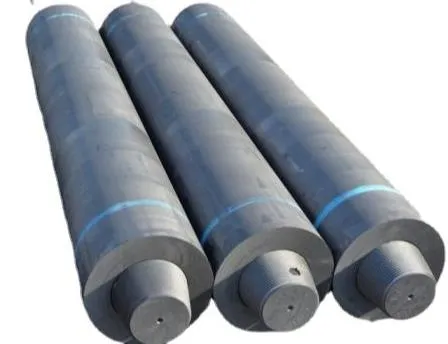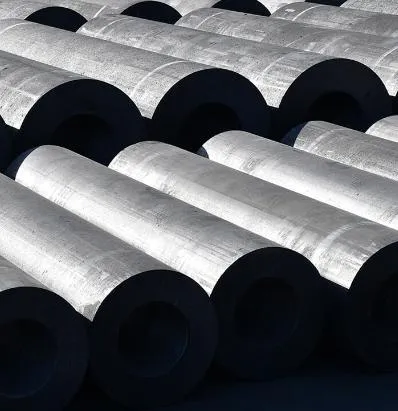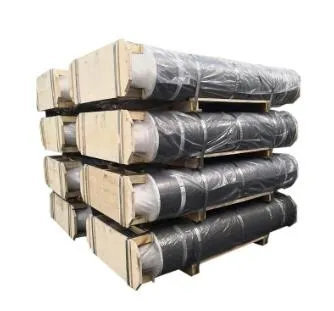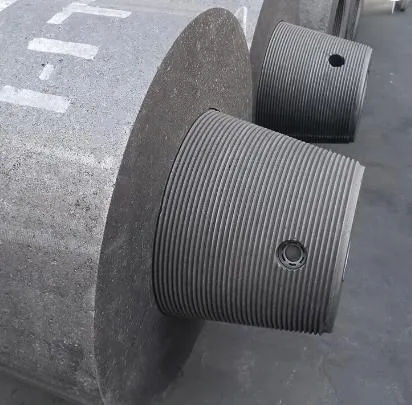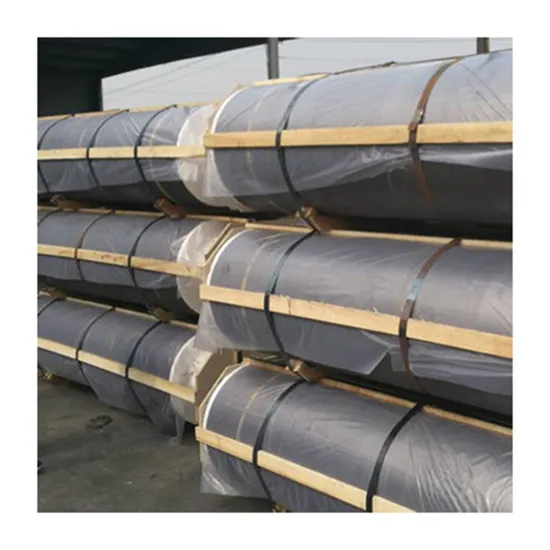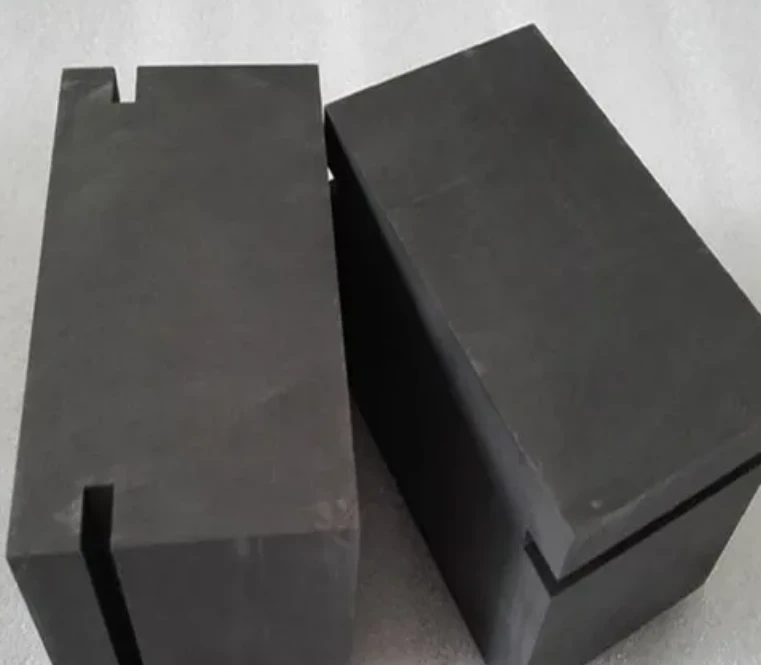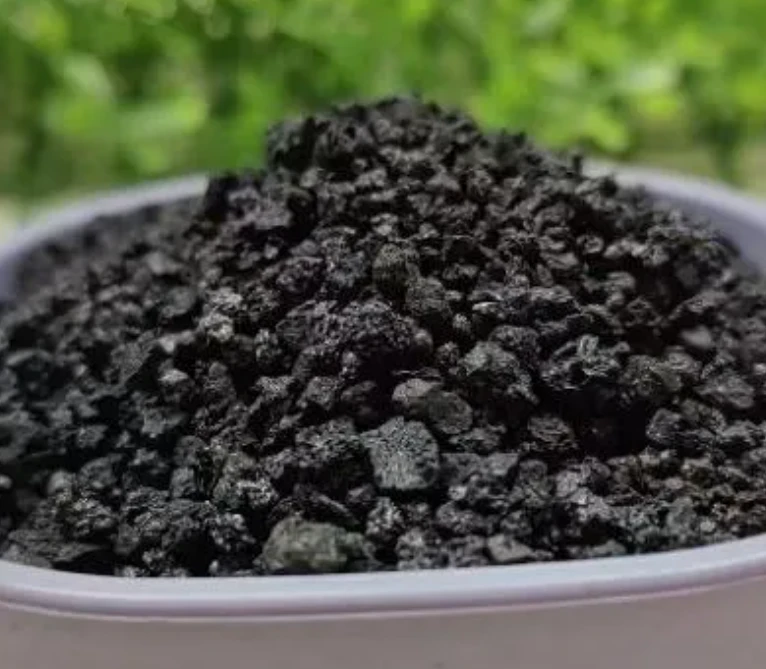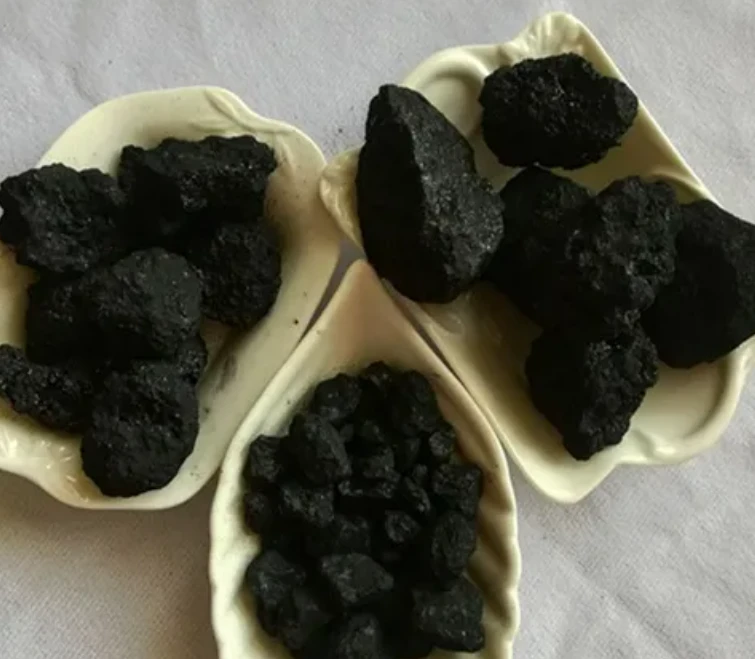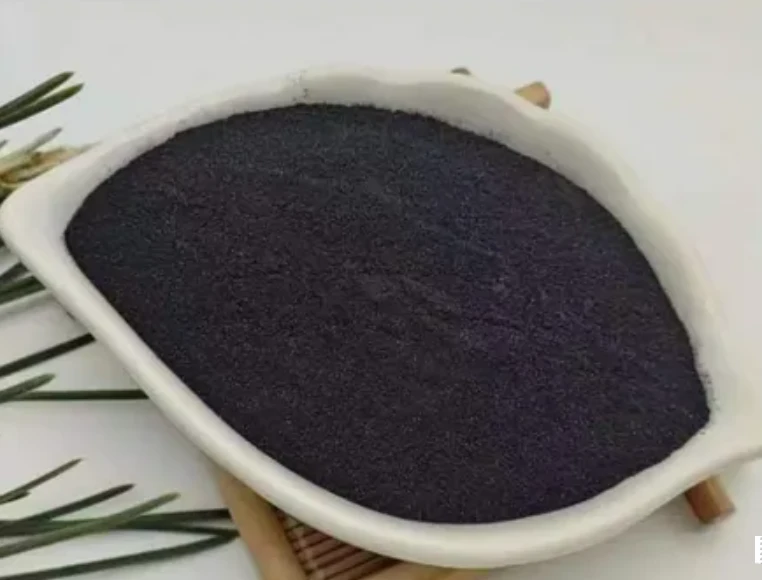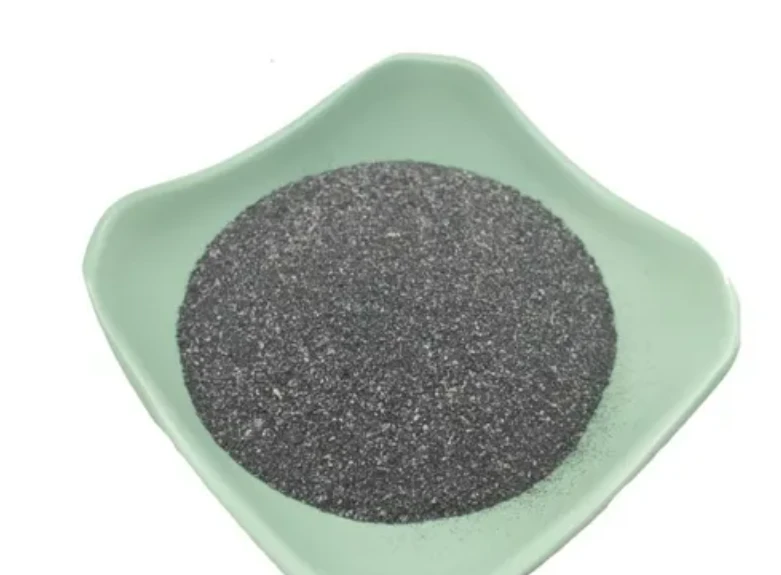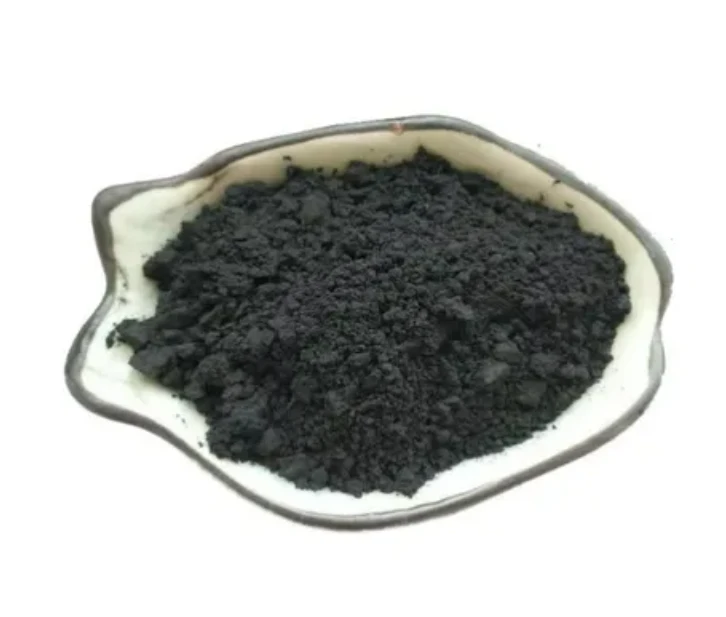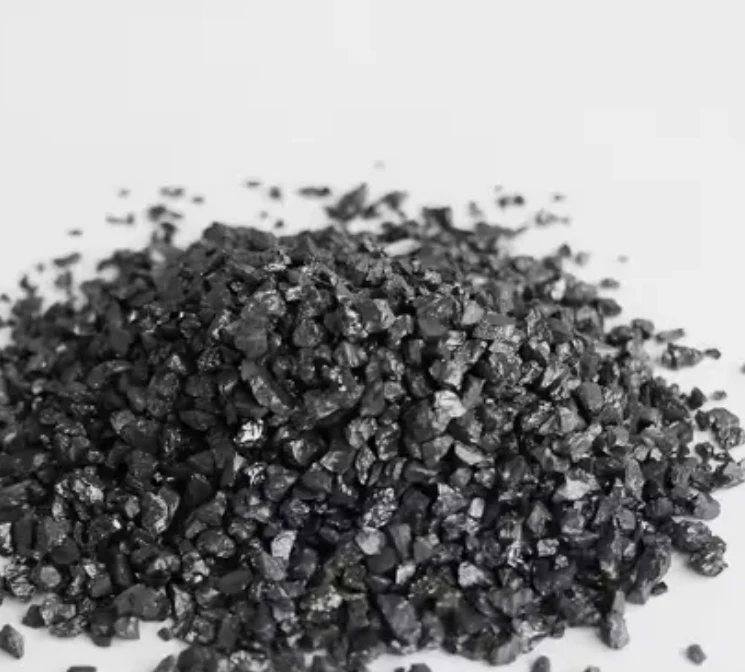- Englist


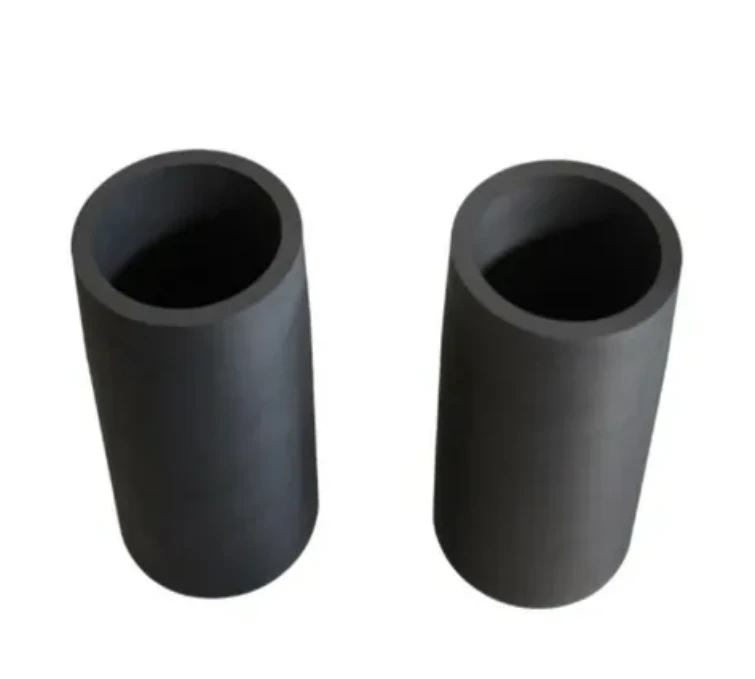
- Introduction to Natural Graphite Powder and Its Relevance
- Key Technical Advantages of Graphite Materials
- Comparative Analysis of Leading Manufacturers
- Bespoke Customization and Solution Integration
- Application Scenarios and Case Studies
- Future Trends and Emerging Opportunities
- Summary: The Impact and Outlook of Natural Graphite Powder

(natural graphite powder)
Introduction: The Importance of Natural Graphite Powder
The continuous evolution of material science has relied extensively on unique raw materials, one of the most versatile being natural graphite powder
. As industries seek advanced qualities such as superior conductivity, enhanced lubrication, and exceptional chemical resistance, the demand for high-purity graphite resources is accelerating. In recent years, the value of the global natural graphite powder market soared to over $1.6 billion (2023), with an impressive annual growth rate exceeding 6% according to the International Graphite Association. Notably, the market’s rapid momentum has resulted from growing applications in electric vehicle batteries, electronics, and thermal management technologies.
The versatility of this material, especially when processed into extra fine graphite powder or further into natural graphite sheet, allows industries to meet strict operational demands, reduce energy consumption, and create highly reliable components. This overview delves into the technical strengths, manufacturer comparison, and future outlook of natural graphite-based materials.
Technical Superiority and Unique Features
Natural graphite powder stands out for its remarkable technical properties. A single graphite particle typically possesses a layered structure that promotes both high electrical and thermal conductivity, as well as inherent lubricity—a unique combination in industrial materials. The average particle size ranges from 5 to 50 μm for standard grades, with extra fine graphite powder achieving dimensions as small as 1-3 μm. This fine grading is critical for applications requiring highly pure and uniform dispersions, such as conductive additives in batteries or thermal interface materials in electronics.
Furthermore, the carbon content of premium natural graphite powder frequently exceeds 99.5%, ensuring minimal contamination, low ash levels, and stability in harsh environments. When transformed into natural graphite sheet through processes like thermal expansion and compressive molding, the result is a product with exceptional flexibility and resilience. Data from the Global Carbon Materials Institute indicates that graphite sheets combined with powder enhance thermal dissipation by up to 20% compared to conventional solutions, a significant metric in precision device manufacturing.
- Electrical Conductivity: Up to 800,000 S/m
- Thermal Conductivity: 150 – 500 W/m·K
- Purity Levels: 98% to 99.99% Carbon
- Particle Size Distribution: D50 as low as 2 μm (extra fine grade)
- Layer Flexibility: Can be engineered for specific thermal management profiles
Comparative Study: Top Natural Graphite Powder Manufacturers
The global natural graphite market is supported by a select number of major manufacturers, each offering unique approaches to raw material sourcing, purification, and particle engineering. The table below highlights a comparative analysis of four leading suppliers based on critical product parameters, customization capabilities, price positioning, and portfolio breadth. This side-by-side comparison provides key decision-making insights for businesses seeking optimal sourcing strategies.
| Manufacturer | Purity Range (%) | Particle Size (μm) | Sheet Conversion Capability | Average Lead Time (days) | Cost (USD/ton) | Customization Options |
|---|---|---|---|---|---|---|
| GrafTech Advanced Materials | 98.5 – 99.98 | 2 – 44 | Thermally Expanded | 18 | 3,400 | Particle size, surface treatment, granulation |
| SGL Carbon | 99.0 – 99.99 | 1 – 40 | Calendered, Laminated | 16 | 3,650 | Ultra-fine grading, tailored flake size |
| Asbury Carbons | 95.0 – 99.5 | 5 – 50 | Flexible, Expanded Sheet | 14 | 2,950 | Blended powder, pelletized forms |
| Imerys Graphite & Carbon | 96.5 – 99.9 | 3 – 42 | Rolled Sheet, Expanded | 21 | 3,120 | Thermal/chemical stability, sizing |
This comparison reveals that while SGL Carbon delivers the highest purity with advanced grading, Asbury Carbons remains competitive with cost-effective solutions suitable for bulk applications. Customization and integration services are emerging as key differentiators among suppliers.
Customization Strategies for Specialized Industrial Needs
Industrial consumers increasingly require natural graphite powder with tailored properties for enhanced performance and system compatibility. To meet these demands, top manufacturers provide a variety of customization pathways. These include fine-tuning particle size distribution, adjusting carbon purity, implementing proprietary surface treatments, and developing hybrid composites that integrate graphite with other conductive or thermal management materials.
A growing trend in the electronics and battery segments is the supply of extra fine graphite powder engineered for explicit conductivity and dispersibility within electrolyte matrices. Similarly, suppliers offer natural graphite sheet products with customized thickness (ranging from 0.03 mm to 1.0 mm), flexibility ratings, and stacking layer counts to match the unique geometry of devices and modules.
- Surface Functionalization: Enhances compatibility in polymers or composite applications
- Particle Morphology Engineering: Spherical, flake, or amorphous forms for desired dispersion or packing
- Pore Control: Targeted porosity for battery anode optimization (up to 40% porosity control)
- Sheet Customization: Options for multi-axial flexibility, thermal expansion coefficient adjustments, and in-situ lamination
Through close collaboration between end-users and material engineers, bespoke graphite products can streamline production cycles, boost device reliability, and offer significant competitive advantages in high-growth sectors.
Application Cases across Industries
The scope of natural graphite-based products extends across numerous industries. In the energy storage field, lithium-ion battery manufacturers depend on ultra-pure, extra fine graphite powder for anode production. Benchmark data from 2022 reports that high-purity natural graphite anode grades improved energy density by over 8% compared to traditional synthetic grades, while also decreasing material costs by 12%. Electronics makers employ natural graphite sheet as heat spreaders in smartphones, tablets, and high-performance computing equipment, achieving a documented 23% reduction in hotspot temperature relative to ceramic-based alternatives.
In the metallurgical sector, graphite powder’s lubricity enables smoother metal casting and forging operations, with studies confirming friction coefficient reductions by up to 35% versus untreated processes. Specialty applications include:
- Automotive: Sealing gaskets, brake lining formulations
- Energy: Fuel cell electrodes, conductive pastes
- Coatings: Corrosion-resistant barrier systems for oil and gas infrastructure
- Industrial Machinery: Dry lubricants, high-load bearing composites
Case Example: A leading consumer electronics provider retrofitted their flagship device lineup with natural graphite sheets and stabilized powder, realizing a 22% increase in thermal efficiency and a 17% reduction in component failures under stress conditions.
These examples underline the broad and transformative value brought by adopting advanced graphite materials in complex technical environments.
Innovation Trajectories and Future Prospects
In the coming years, the utilization of natural graphite powder and its derivatives is set to accelerate across emerging industries, especially as governments and corporations prioritize energy transition and sustainability. Current R&D activities focus on nano-engineered graphite structures for next-generation solid-state batteries, multi-layer graphene composites, and self-healing electrode materials for extreme operating conditions.
Key developments include:
- 3D-Printed Graphite Structures: For bespoke thermal or electrical management systems
- Environmentally Benign Purification Processes: Water-based and low-energy techniques replacing traditional chemical treatments
- Direct Integration into Smart Textiles: Wearable applications needing conformal heat spreading
- IoT Device Miniaturization: Ultra-thin graphite sheets maintaining cooling with reduced form factors
With the market expected to surpass $2.5 billion in global revenues by 2028, innovative suppliers are racing to commercialize these advancements, offering tailored solutions that reshape entire industries.
Conclusion: Natural Graphite Powder and the Material Future
As industries adapt to increasingly stringent efficiency, reliability, and sustainability requirements, natural graphite powder and its related products such as extra fine powder and advanced graphite sheets will continue to play a defining role. Through superior technical attributes, robust customization channels, and proven multi-sector success—backed by compelling data—these materials are set to underpin the next generation of technological breakthroughs. Choosing the right supply partner and leveraging tailored solutions will be decisive in harnessing the full potential of natural graphite-based innovations across the global landscape.
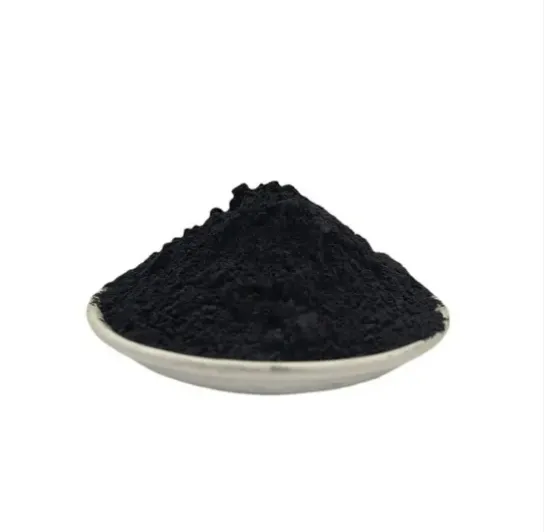
(natural graphite powder)





 Pervious
Pervious
 Next
Next
